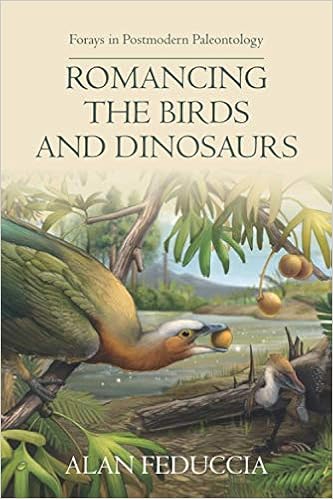
Here. Lönnig is reviewing a book by Alan Feduccia, Romancing the Birds and Dinosaurs: Forays in Postmodern Paleontology (2020)
From the book’s blurb:
Evolutionary biologist Alan Feduccia is S. K. Heninger Distinguished Professor Emeritus at the University of North Carolina, Chapel Hill, where as Chair of Biology he pioneered the UNC Genome Sciences Building, dedicated in 2012. In the mid-1970s he was the first to propose an explosive evolutionary model for birds following the Cretaceous extinction event, now known as bird evolution’s Big Bang, and confirmed by whole genome analyses. He was also first to discover a vestigial first digit (thumb) in an avian embryo, a problem dating to the 1820s. Feduccia is the author of eight books, including notably the popular The Age of Birds (Harvard, 1980), and the award-winning The Origin and Evolution of Birds (Yale, 1996,1999), as well as numerous research papers, and is a popular lecturer. In 2014 UNC established the Alan Feduccia Distinguished Professorship.
Life would be simpler and more emotionally satisfying if birds were surviving dinosaurs but maybe they aren’t.
Readers may remember Wolf-Ekkehard Lönnig from the time that carnivorous plant tried to eat Nick Matzke.
See also: Remember that Darwin-eating plant? Now threatening to eat Nick Matzke …
Carnivorous plants: After eating Darwin, they couldn’t resist further culinary adventures
The plants that eat vertebrate animals
Carnivorous plants: The 200-year headache.